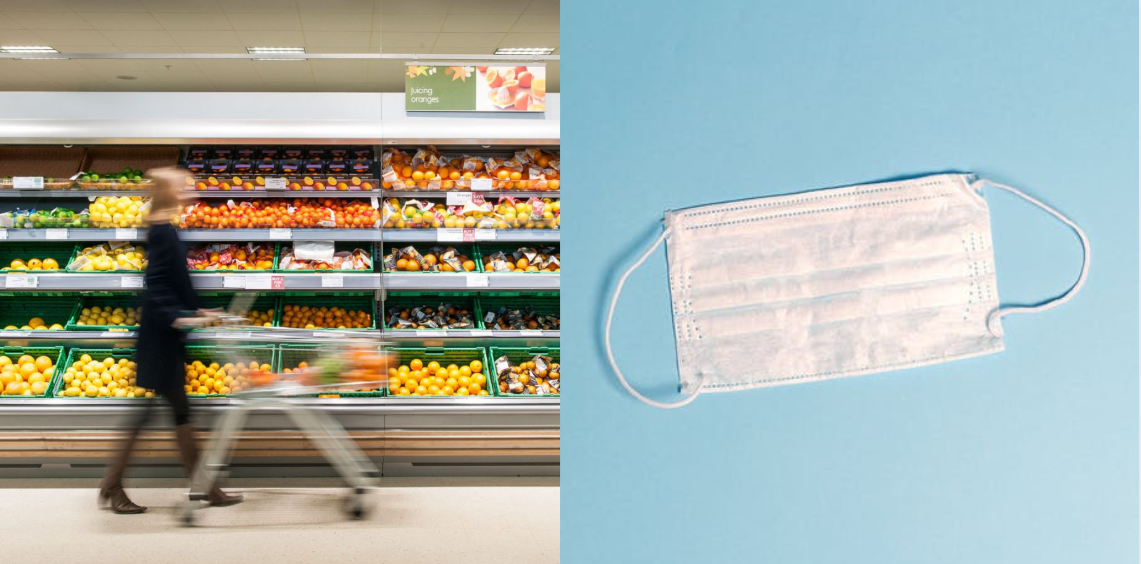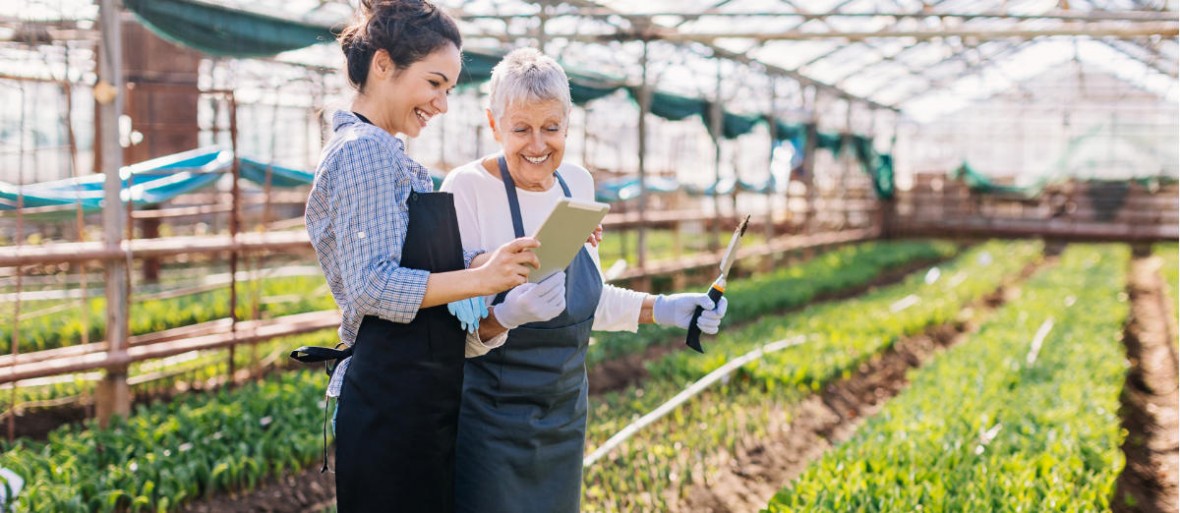Since the corona pandemic began, all industries have been learning. Although the crisis is not yet over, it’s time to draw fundamental lessons to shape the new normality. Since early this year, we have all been affected by an unprecedent threat: COVID-19. Local governments have introduced restrictive measures to prevent its spread and yet ensure actions to guarantee critical infrastructure, including the food industry.

During these weeks, we have learned that an IT infrastructure must be just as stable and intact as the security for sourcing and operations. And we have recognized that commitment to automation and online shopping is invaluable, especially in times of crisis. Here are four take-aways for the food supply chain to consider now.
It is important to have people and systems connected to enable remote and mobile working and process controls – not only in times of crisis. As already mentioned by my colleague Jeff Mitchell in a recent article, I see the industry moving to an even more digital, traceable food system. This type of food system will create transparency and resiliency of the food supply chain and enable quicker reaction, helping us to anticipate and prepare us to address the kinds of supply chain imbalances we have seen with COVID-19. In some periods, food service did not have its typical level of demand. As an industry, the industry needed to be able to maneuver this and any crisis situation and get food to where it is needed instead.
In many industries, digitalization is already more than a buzzword: All along the fresh food supply chain, technologies are advancing rapidly. Following digital monitoring in fields or orchards, fresh produce continues its data-creation journey, recorded through Radio Frequency Identification (RFID), and cellular or satellite track-and-trace technologies. Logistics operations trace shipments to ensure an unbroken cold chain, distribution centers track incoming and outgoing deliveries and retailers use digital surveillance to manage stock and avoid theft. COVID-19 shows us that digitalization and innovative technologies are essential to ensure a working supply chain.
Shortage of labor, reduced demand for exports, increased market access complexity and longer procurement schedules due to lowered availability of transport and logistics have created many new challenges for the food supply chains. Companies in food supply chains need to work together to address four critical aspects:
assess demand changes from customers and alter production accordingly;
inform customers and other key stakeholders about changes being brought to them and the impact of the same;
have a consistent channel of communication with vendors, distributors, and producers, among others;
monitor internal risks as well as externally and revise business continuity plans.
select the right partners, who can respond to a sudden change thanks to their footprint, business size and outstanding processes (including sanitation)
In view of these challenges, speaking in complete openness and transparency about our measures against COVID-19 has been fundamental: Customers need to be informed in detail about the way their business partners are dealing with the current situation and that the supply chain, in order to limit the risk and plan ahead for potential situations in case they occur These efforts creates trust and provides security in uncertain times, and they enable clients to react immediately.
Many steps in the food supply chain are still dependent on human labor. When these were largely no longer available due to the corona crisis, the value of automation became apparent – not only to increase efficiency, but also to ensure adequate distances and protecting people. Labor shortages and forced shutdowns posed major challenges for the food supply chain. Whether it was in the field, at the packaging plants and distribution centers or during the washing of crates, we know that all steps must function and be maintained with fewer people in order to keep the supply chain running. Preparation for supply chain events has been proven to be an appropriate strategy. We have been working for some time on solutions to drive automation forward, and our preparation has aided supply chains globally.
The automation of our washing centers in the past proved to be priceless in the current crisis, because it assured service continuation and keep the supply chain running on all sites globally, even during unplanned peaks. The same is true for warehouses with fully automated sorting and packing systems. Warehouse automation is synonymous with precision, speed and efficiency; RPCs are optimally suited to the specific needs of warehouse automation and reduce human interactions. This ability is not only helpful in the current crisis; it also makes life of workers easier. By installing automated systems, retailers ease the physically strenuous work of lifting, layer picking and stacking containers.
E-commerce is rapidly growing: More and more consumers order online, with food delivered right to their doors. Of course, e-ecosystems were emerging around the world and already generated much of their growth in e-commerce. A pioneer in this development is China, where companies like Alibaba have aimed to seamlessly integrate online and offline channels.
The corona pandemic gave the e-commerce trend an additional push and made it immediately necessary to serve a highly accelerated demand. Consumers sheltering-in-place certainly have increased online shopping. That trend won’t be reversed completely when the crisis has passed, and so as an industry we need to be prepared for this: Not only big retailers but everyone within the food supply chain needs to adapt to the new food landscape. A click-and-collect system, for example, is not merely for system for retailers but a process that will be continually and increasingly used along the supply chain.
A final point: None of these lessons can be implemented without a reliable partner in uncertain times. Supporting customers and the food supply chain in every possibly way with experience, a positive attitude and clear communication will continue to make the food supply chain excel. Together we will overcome this crisis and emerge from it stronger – that is my deep belief.
Stay up to date
Want the latest fresh food packaging industry knowledge delivered straight to your inbox? Subscribe to our newsletter and get the latest news, trends, articles and more!
